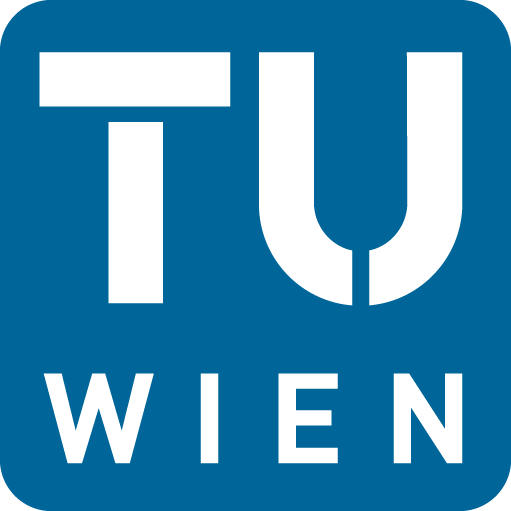Die vorgestellten Projektteams und Projekte zeichnen sich neben ihrer wissenschaftlichen Exzellenz und Innovationskraft durch praktische Erfahrung in der Zusammenarbeit von Wissenschaft mit Wirtschaft aus.
Der “Janssen Special Award” wird für Projekte mit besonderer Relevanz für die Gesundheitsversorgung in Zukunft vergeben.
Visualizing the neuronal network

![]()
The goal is to develop a novel non-invasive imaging technique to visualize the neuronal network within the brain and spinal cords as well as cancerous tissue with micrometer resolution. Furthermore, this technique could allow one to identify activated neurons during the development of neuronal diseases.
Kontakt:
Dr. Saiedeh Saghafi
Bioelectronics Department, TU Wien
E: saiedeh.saghafi@tuwien.ac.at
In order to improve the health system for patients suffering from neuronal diseases and various types of cancer and bring down the cost for the state, structural diagnosis through accurate imaging is a promising approach. And if this imaging could be done non-invasively, without cutting the samples to thin slices, it could promote the work substantially. Although other medical imaging techniques such as lesion analysis and functional magnetic resonance imaging have been helpful in determining the brain areas responsible for particular functions, these methods are technically limited and none of them provides cellular resolution. Ultramicroscopy is an imaging technique that employs a thin sheet of light and can provide a practical solution for generating micrometer-resolution images. Through vertical scanning of the specimens by the light sheet, a stack of images is obtained that enables us to produce 3D images of small samples (i.e. single neuron) as well as large samples such as tumors and brain. The quality of this 3D image is related directly to the optical characteristics of the light sheet. Utilizing meso-aspheric elements, I have designed and developed the light sheet generator unit for ultramicroscope to image specimens with microscopic resolution. This meso-aspheric Ultramicroscope produces a light sheet that is 2 microns at the focus and has a length uniformity 10 times better than the standard system. This system with the help of my colleague, Dr. Klaus Becker who is an excellent neurobiologist and Professor Dodt (Chair of bioelectronic Department) has been tested and marked improvement have been shown. It produces high-quality images with almost uniform-resolution along all axes. It can help the medical system toward better diagnosis, aid a pharmaceutical research and development’s departments in generating new drugs by being able to have 3D images revealing super fine details in tissues structure during drug testing. Furthermore, it can help basic sciences such as biology, oceanography, and environmental research by obtaining super-resolution 3D images.




